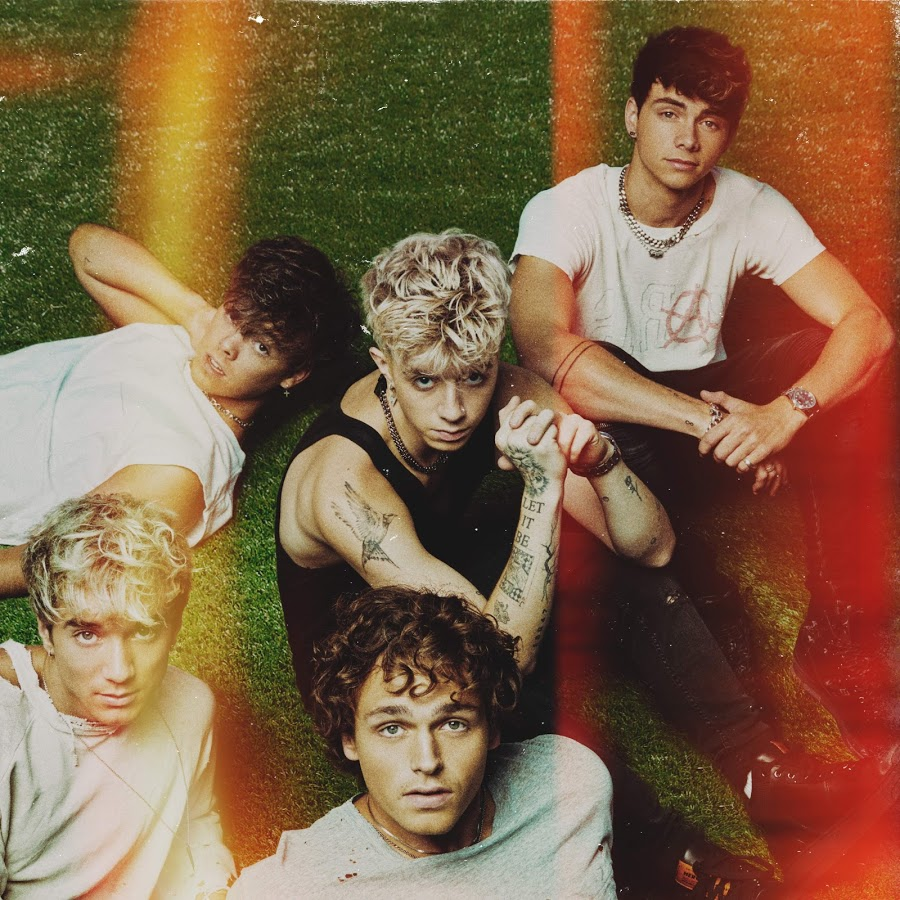“The Good Times and The Bad Ones”: Why Don’t We’s emotional reflection on 2020
With tracks ranging from peppy songs reminiscent of the 2010s to ballads with 18-piece orchestral arrangements, Why Don’t We presents a more mature image as an artist with their latest album.
Courtesy of Why Don’t We’s official website
The cover of their new album “The Good Times and The Bad Ones” depicts the band’s dramatic shift in artistic style and musical approach from their previous studio album “8 Letters.”
January 22, 2021
Why Don’t We announced that they would be releasing their sophomore studio album on Jan. 15, 2021, after their nine-month hiatus from the tour of their 2018 debut studio album “8 Letters.” I had listened to a couple of tracks from Why Don’t We before listening to this album, and I was shocked at the dramatic shift their music had taken.
In their about hour-long “Zack Song Show” interview, the band revealed many secrets about the production and their message behind this new album. The album presented a change in their interaction with music and identity as a band. As band member Daniel Seavey stated in the interview, they had found success before they had found their identity as artists. The pandemic presented Why Don’t We a unique opportunity to finally slow down and discuss their image and music style. “The Good Times and The Bad Ones” was their first self-produced album because the members wrote most, if not all, of their ten songs on their “8 Letters” World Tour.
Although the writing of the album had taken place about three years ago, they lacked the confidence and the time to perfect their craft as raw, honest artists. Quarantine allowed Why Don’t We to grow up as artists and open up to their listeners about their true feelings, unlike previous tracks. Honesty was the theme the group wanted in their second studio album. As a listener, I appreciated that they began to play most instrumentals for each song themselves, visiting their roots in the process.
When I heard them talking about their album after I gave it a listen, I understood the pride and the passion in their voices of the music they created and presented in this album. Nothing attracts me more than an artist that is passionate about their craft. The zeal and rawness I felt in this album are unmatched this year in music, and it was refreshing to hear artists opening up about their struggles finding themselves.
The ten-track album stayed true to the retro-theme occurring in the pop genre right now, but Why Don’t We Added their twist to the well-known sound. The album opens with high-energy songs with high-pitched vocals that make it a perfect dance track. “Fallin’” is a typical pop song with dark undertones complemented with strong synth bass and effortless high pitched vocals. “Slow Down” is a lighter song with reminders of California beaches and softer melodies, compared to “Fallin’”. Completing the pop-intro trilogy, “Lotus Inn” reminds me of a song that would be heard in a coming of age movie or at a school dance. Lyrics like, “Baby we can turn back time do it all over it again,” have a heavy emphasis on nostalgia and staying present in the moment.
The middle of the album has lyrically softer songs in contrast to the first three, which I enjoyed more. The track “Be Myself” has a gentle acoustic guitar backing and light melodies in the chorus, which creates a somber feeling throughout the song. Daniel Seavey wrote the heavy lyrics about anxiety and the haunting ending for Jack Avery, another member of Why Don’t We. Jack began suffering from panic attacks and anxiety from not visiting his daughter because of quarantine restrictions and other stressors. After a couple of listens, I slowly warmed up to this song. I think many people would relate to this song because the lyrics hit a bit too close to home during such a stressful time. The next track, “Love Song,” is a drastic change from the melancholy tunes of the previous track as the upbeat verse begins with an addictive strong beat in the back, and it describes the rush of emotions felt when in love. “Grey”, the sixth track off the album, was my favorite because of the magical, bittersweet 18-piece orchestral and piano arrangement. Their dark but sweet vocals gently emulate the sorrow of 2020. As the boys stated in their interview with MTV, “Grey” is about having a relationship and not realizing its worth until it’s gone, represented by the lyric from the end of the chorus “now everything is grey.”
“For You,” “I’ll Be Okay,” and “Look At Me” all had excellent vocal buildups in the pre-chorus and a quick-paced instrumental, which reminded me of the songs from the beginning of the album. The instrumentals were the most prominent elements of these songs as it primarily determined the overall feeling relayed by the songs. The final song off of their sophomore album is “Stay” which is another personal favorite. It encapsulates how we want to return to normalcy with lyrics like “I just wish things could be like they used to but they never will” in the soothing pre-chorus. The high pitched chorus with the snaps in the background set a good pace for the fast-paced pre-chorus, which made it feel like the song was a tribute to the happy memories made before the pandemic began and a promise of better things to come.
“The Good Times and The Bad Ones” manages to capture the newer, more mature artistic style of Why Don’t We to create a more honest collection of songs with something for everyone. This album has cemented itself as an early favorite, and I’m excited to see what new musical direction Why Don’t We will take in the future.









